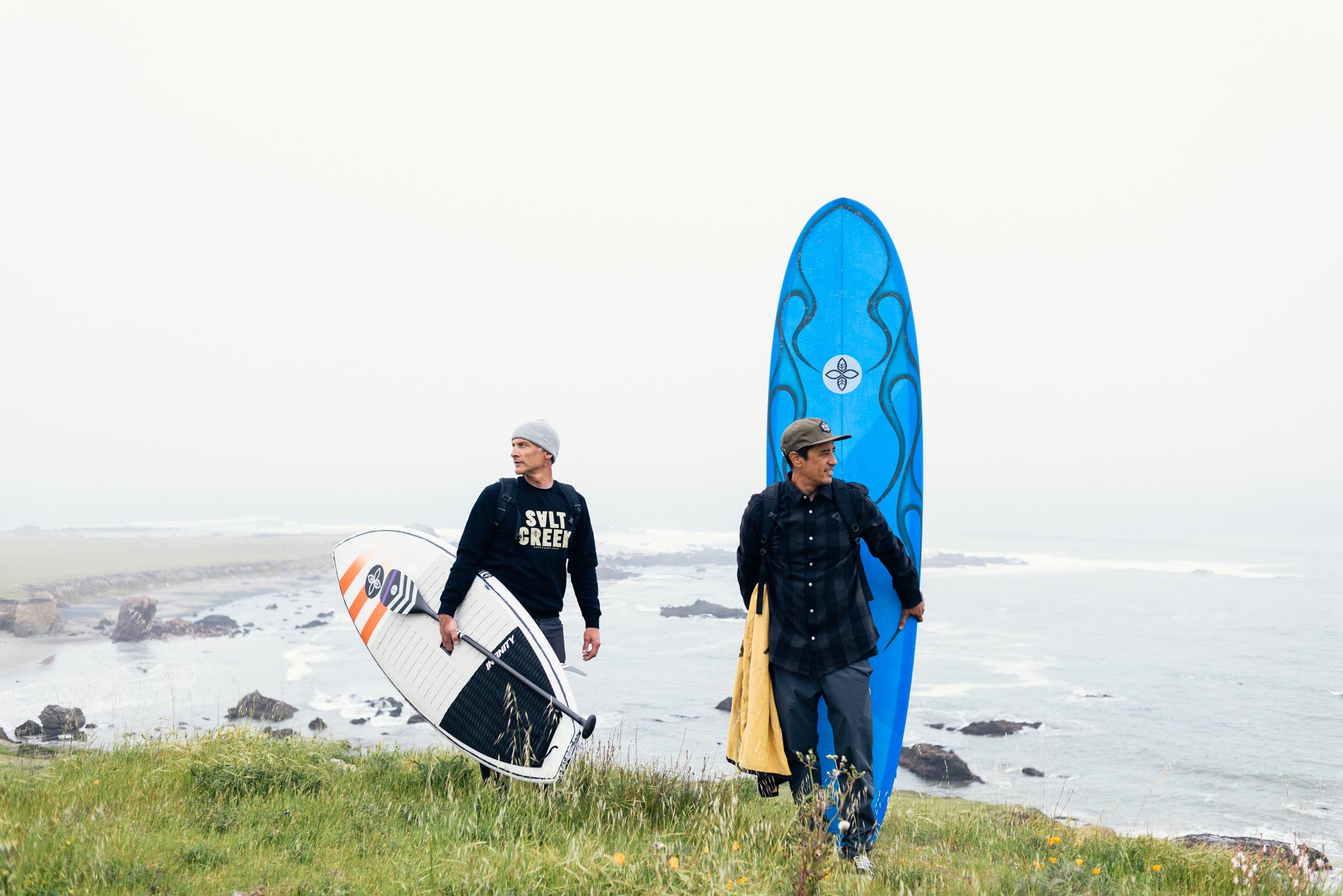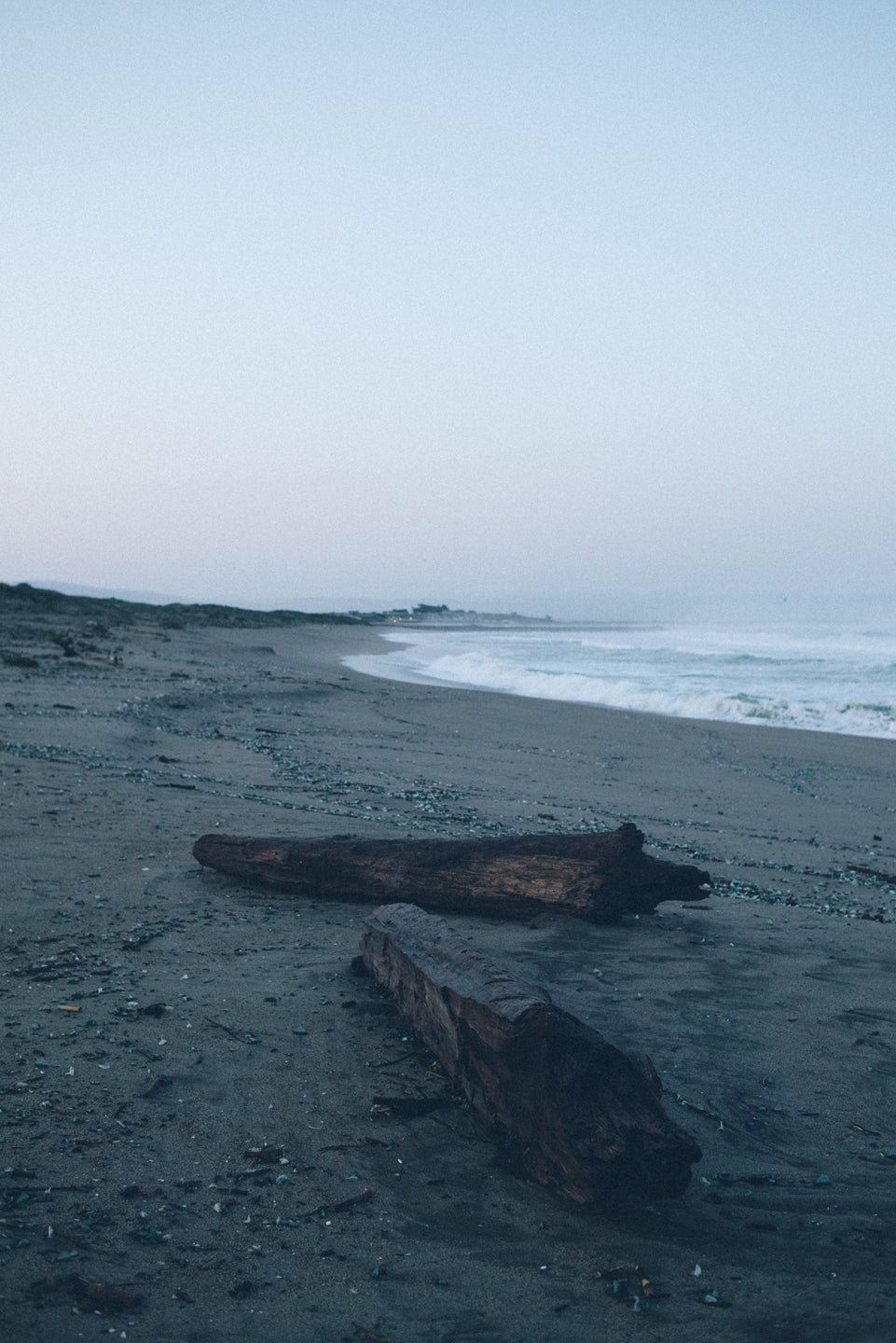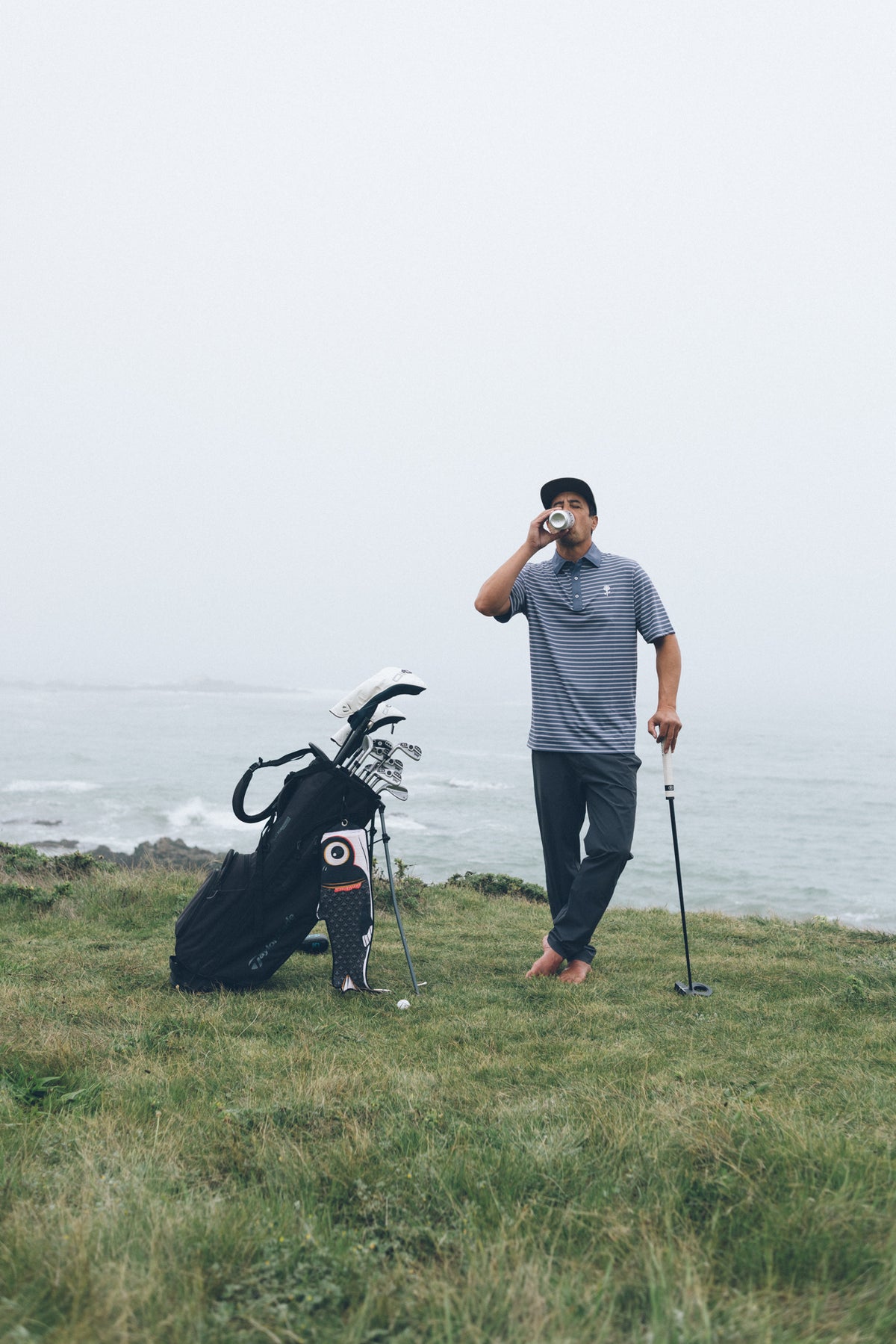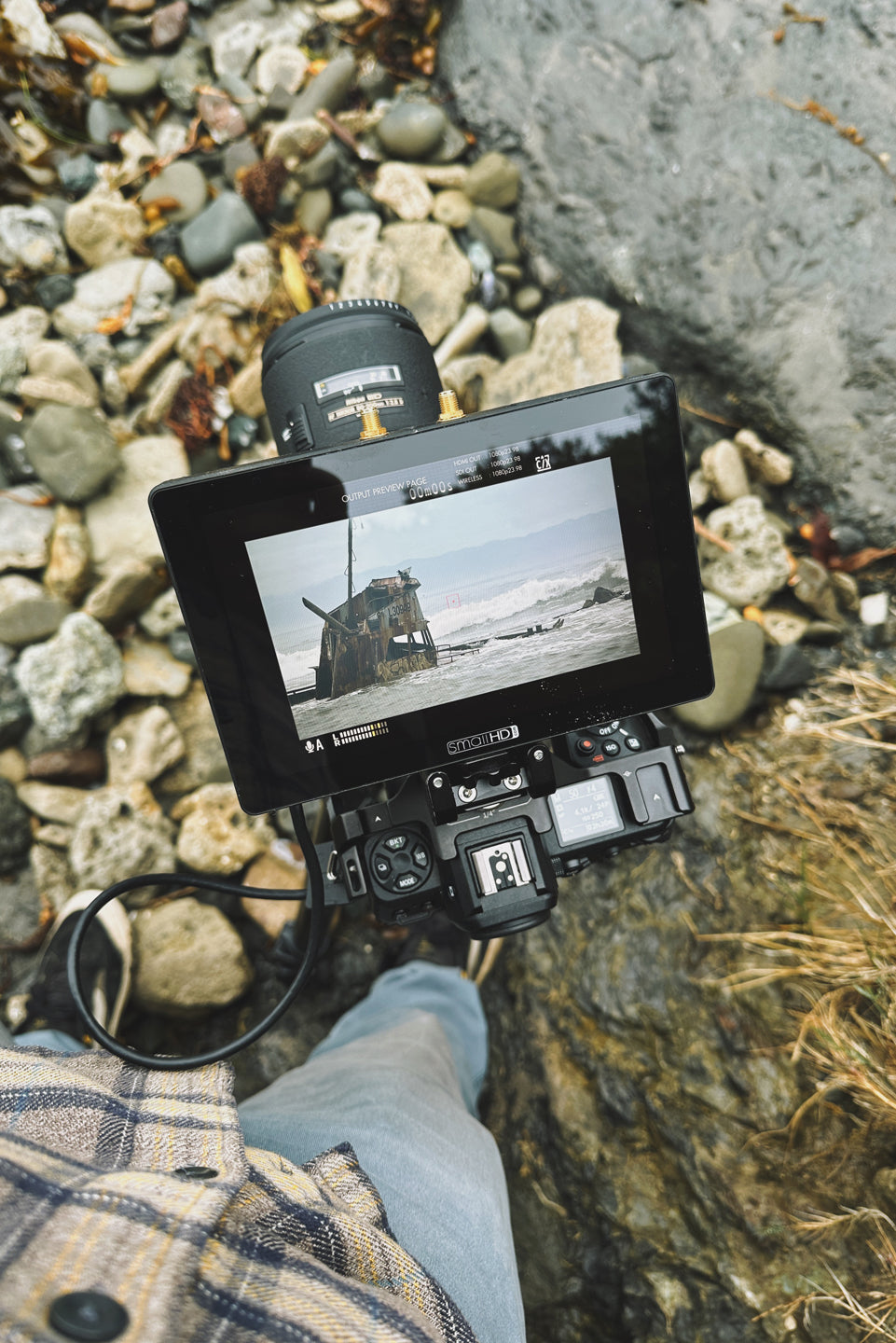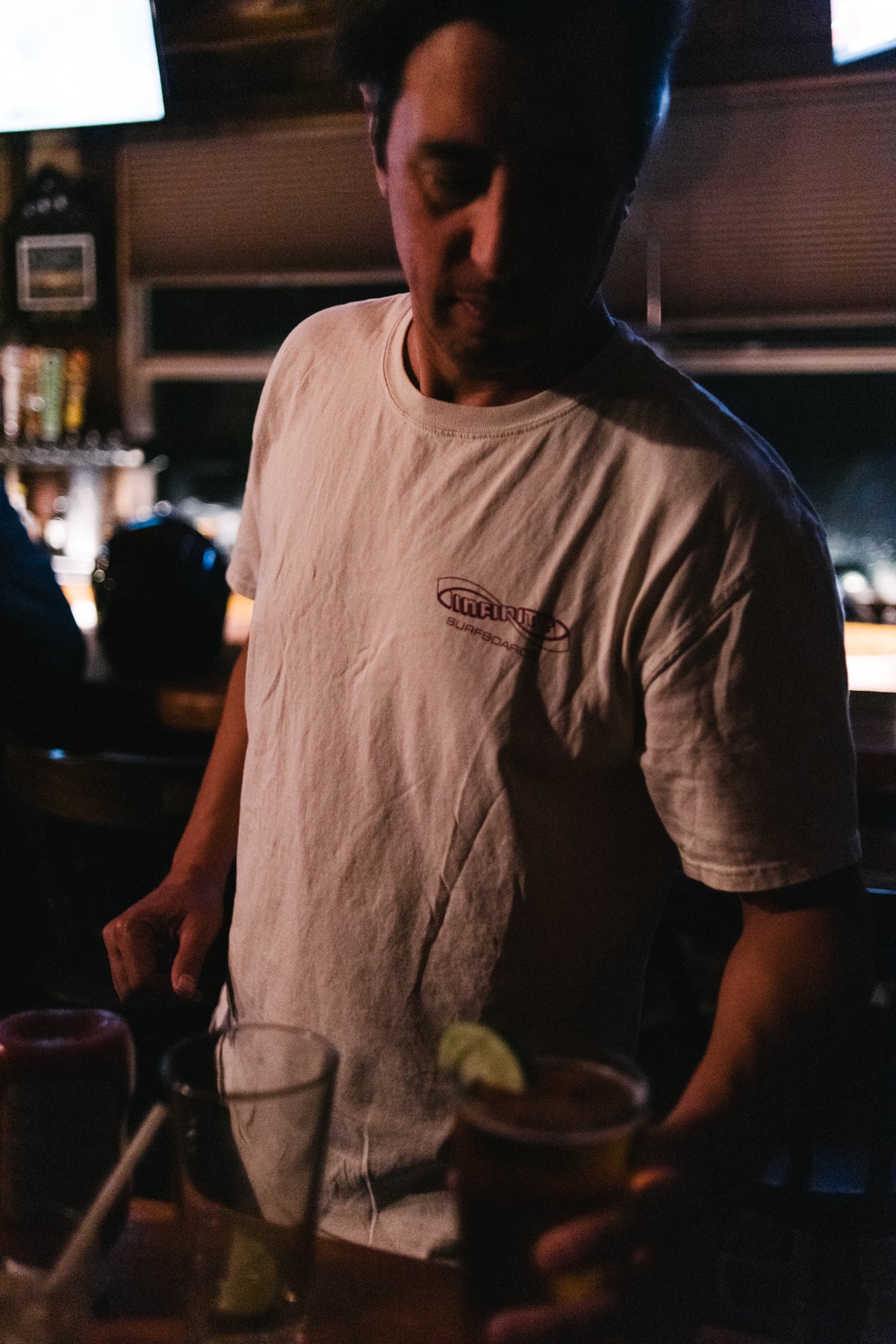Wave Ski's For Disabled
Out in the surf, you can’t tell a disabled wave ski surfer from an able bodied one. Most leg and lower spinal injuries are no detriment to wave ski surfing. There are paraplegics and amputees who are absolutely ripping waves apart on a wave ski. This is a fast, exciting, and challenging sport where a disabled person could be world champion against able-bodied competitors. I have incorporated several innovations into the Infinity V-Bottom and Stinger models to adapt them to different persons needs. Often a back rest (support) and knee riser is utilized to help with balance and control.
As with any new person, we usually invite a disabled athlete out for a session on a tandem. There are several expert guys with tandems at San Onofre who are great teachers.

On the tandem, you can learn about catching waves and the skills it takes to balance and ride a wave ski. With a life vest and rides in the smaller waves, this is a pretty safe, fun experience. Often on the same day or a later day, you’re ready to wave ski surf on your own. Sure, there are special difficulties like pulling yourself up out of the water and back onto the ski into a sitting position. You have to lift your legs back into position while keeping your balance each time a wave passes by. But I’ve seen guys and girls do it and surf the very first day they try. It’s neat because you can go at your own pace. You can paddle around in the “no surf zone” to get your balance and then venture slowly in small waves before going out into bigger waves.

If you can’t grasp a paddle, or even if you can, you may want to ride a laydown = prone surfboard. I design prone boards that guide your legs onto the board as you remount after a “wipeout” and keep them there as you ride a wave with a concave deck that also has a nice chest rise and chin support for ease in paddling. I can include handles on the rails that also help keep your legs on board but also allow 4 guys to carry you to the water for a quick and easy launch. The idea is that once you are in the water, you can paddle out, catch waves and “wipeout” occasionally, then remount the board by your self. However, some people need more assistance in the water and in catching waves. That’s ok, everyone has fun.




